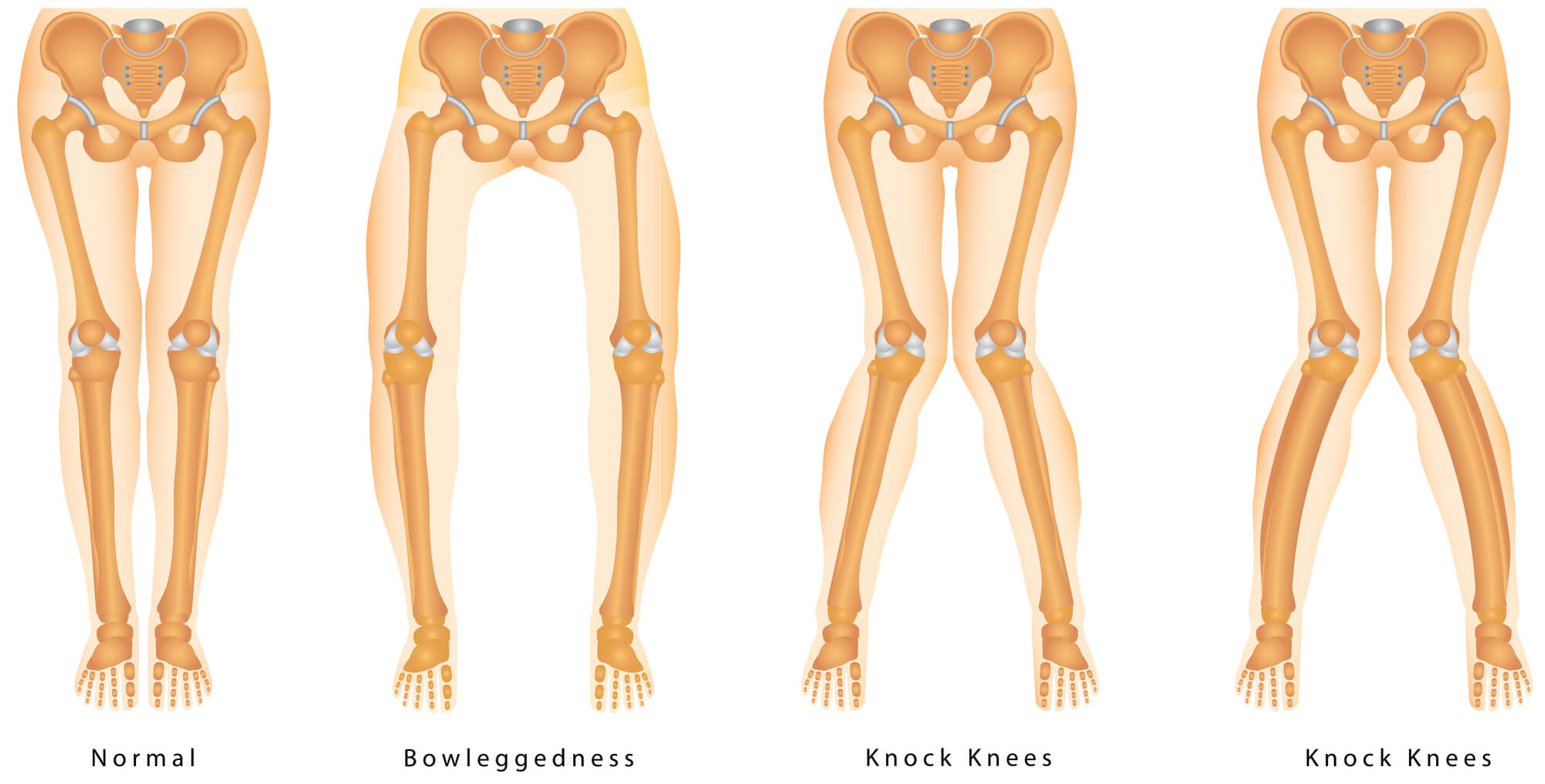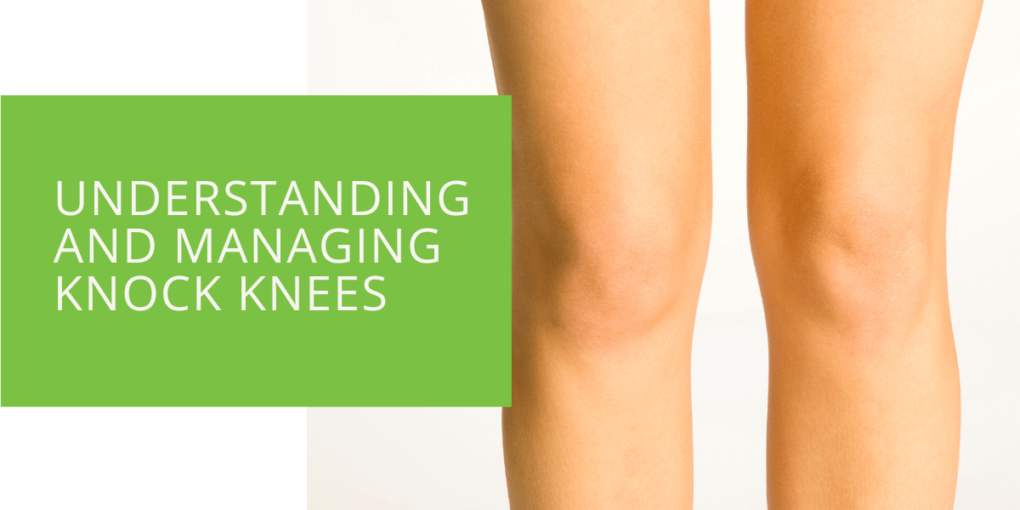Understanding and Managing Knock Knees
Knock knees, also known as genu valgum, is a condition in which the knees angle inward when standing. This deformity can cause difficulty walking, discomfort, and finding shoes that fit. It is important to understand this condition's causes, symptoms, and treatment options. In this article, our experienced podiatrists will guide you through everything you need to know about knock knees, and how to manage them.
What are Knock Knees?
Definition and Causes
Knock knees are a condition where the thigh and the lower leg angle is greater than the normal angle. This causes the knees to angle inwards when standing. Several factors, including genetics, muscle imbalance, and injury, can cause knock knees. Some children are born with knock knees, which can also develop as a symptom of another underlying condition. Additionally, knock knees can be caused by uneven growth of the bones, which can happen as a result of normal growth or an underlying medical condition.

Symptoms
The most common symptom of knock knees is the inward angle of the knees when standing. Other symptoms may include knee pain, difficulty walking, and difficulty finding shoes that fit. Some individuals may also experience ankle pain, as the ankle may bear more weight than normal.
Diagnosis and Treatment
Diagnosis
A podiatrist will diagnose knock knees by performing a physical examination and taking a medical history. Imaging tests, such as X-rays, may also confirm the diagnosis. A podiatrist will then determine the degree of the knock knees and the best course of treatment.
Treatment Options
Knock knee treatment options vary depending on the severity of the condition and underlying cause. Conservative treatment options include physical therapy, exercises, and shoe inserts. A brace may also be used to help straighten the legs. In more severe cases, surgery may be necessary. Surgery options include corrective osteotomy, a procedure in which the bones of the leg are cut and reshaped to straighten the leg. Angular deformity may also be corrected surgically via guided growth.
It is important to note that surgical options carry risks and should be considered carefully with the guidance of a medical professional.

Living with Knock Knees
Managing Pain and Discomfort
Managing pain and discomfort associated with knock knees can be achieved through several methods. Using heat or ice therapy and taking over-the-counter pain medication can help alleviate pain. Additionally, physical therapy can help strengthen the knee muscles, reducing pain and discomfort.
Preventing Further Damage
To prevent further damage to the knees, it is important to maintain a healthy weight. Excessive weight puts extra stress on the knees, which can lead to further damage. Additionally, avoiding activities that put excessive stress on the knees, such as running or jumping, can help to prevent further damage.
Conclusion
Knock knees, also known as genu valgum, is a condition in which the angle between the thigh and lower leg is greater than normal, causing the knees to angle inwards when standing. It is important to consult with a podiatrist to understand this condition's causes, symptoms, and treatment options. Treatment options range from conservative methods such as physical therapy and shoe inserts to more severe cases requiring surgery. Maintaining a healthy weight and avoiding activities that put excessive knee stress can help prevent further damage. With the guidance of a podiatrist, knock knees can be managed to improve quality of life.
FAQ
What is the fastest way to heal knock knees?
Knock knee healing times can vary depending on the severity of the condition and underlying cause. It is important to consult with a podiatrist to determine the best course of treatment. Conservative treatment options such as physical therapy and shoe inserts may help alleviate symptoms and improve the condition over time. In more severe cases, surgery may be necessary. It is important to consider the risks and benefits of surgery with the guidance of a medical professional.
How do you manage knock knees?
Managing knock knees involves understanding the causes, symptoms, and treatment options for this condition. It is important to consult with a podiatrist to determine the best course of treatment. Treatment options include physical therapy, exercises, shoe inserts, and a brace. In more severe cases, surgery may be necessary. Additionally, maintaining a healthy weight and avoiding activities that put excessive stress on the knees can help prevent further damage.
Is there a way to correct knock knees in adults?
Correcting knock-knees in adults through surgery, such as corrective osteotomy and guided growth, is possible. However, it is important to consider the risks and benefits of surgery with the guidance of a medical professional. Physical therapy, exercises, shoe inserts, and a brace may help alleviate symptoms and improve the condition.
How can I straighten my knock knees naturally?
While there are no guaranteed natural methods for straightening knock-knees, certain exercises and physical therapy may help improve the condition over time. Additionally, maintaining a healthy weight and avoiding activities that put excessive stress on the knees can help prevent further damage. It is important to consult with a podiatrist to determine the best course of treatment.
How long does it take to correct knock knees in adults?
The time it takes to correct knock-knees in adults can vary depending on the severity of the condition and the underlying cause. Conservative treatment options such as physical therapy and shoe inserts may improve the condition. In more severe cases, surgery may be necessary. Recovery time following surgery can range from several weeks to several months, depending on the specific procedure. It is important to consult with a medical professional to determine the best course of treatment and expected recovery time.

